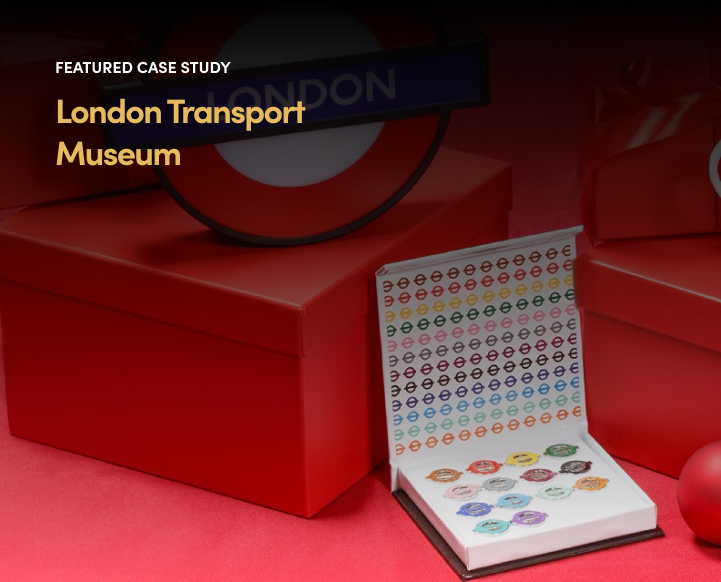Using heatmaps to improve the user experience (UX) on an eCommerce website can provide valuable insights into how visitors interact with your site, which areas they find engaging, and where they encounter difficulties. Here’s a step-by-step guide on how to effectively use heatmaps to enhance your eCommerce UX:
1. Choose a Heatmap Tool
- Popular Options: Consider using tools like Hotjar, Crazy Egg, Mouseflow, or Lucky Orange. These tools offer various heatmap features, including click maps, scroll maps, and move maps.
- Integration: Ensure the chosen tool integrates smoothly with your eCommerce platform (e.g., WooCommerce, Shopify, Magento).
2. Set Up Heatmap Tracking
- Install the Tool: Follow the tool’s installation instructions to add the tracking code to your website.
- Define Pages to Track: Start by focusing on key pages such as the homepage, product pages, category pages, and the checkout process.
3. Analyze Different Types of Heatmaps
- Click Maps: Show where users click the most, helping you understand which elements are most engaging and identify non-clickable elements that attract clicks.
- Scroll Maps: Reveal how far users scroll down a page, indicating whether important content is being seen or if it’s too far down.
- Move Maps: Track where users move their cursor, which can be an indicator of where their attention is focused.
4. Identify Key Insights
- High-Engagement Areas: Determine which areas receive the most interaction and ensure these are optimized and aligned with your business goals.
- Low-Engagement Areas: Identify parts of the page that users ignore or don’t interact with and consider redesigning or repositioning these elements.
- Drop-Off Points: Use scroll maps to find where users tend to leave the page and investigate why they might be dropping off.
5. Optimize Page Layout and Design
- Reposition Important Elements: Move crucial elements (e.g., call-to-action buttons, special offers) to areas with higher engagement.
- Simplify Navigation: Ensure the navigation menu is intuitive and prominently placed, as heatmaps can show if users struggle to find it.
- Improve Visual Hierarchy: Use heatmap data to adjust the size, color, and placement of elements to guide users’ attention effectively.
6. Enhance Product Pages
- Optimize Product Information: Ensure key details (e.g., price, description, add-to-cart button) are in areas of high engagement.
- Use High-Quality Images: Place product images in prominent positions and ensure they are large and clear, as users often focus on images.
- Include Customer Reviews: Highlight customer reviews and ratings in areas where users are most engaged.
7. Improve the Checkout Process
- Streamline Steps: Use heatmaps to identify friction points in the checkout process and simplify or eliminate unnecessary steps.
- Enhance Form Usability: Ensure forms are easy to fill out and consider using auto-fill features to reduce user effort.
- Prominent CTA Buttons: Make sure the checkout and payment buttons are clearly visible and easy to click.
8. Test and Iterate
- A/B Testing: Use heatmap insights to make changes and run A/B tests to compare different versions of pages and see which performs better.
- Continuous Monitoring: Regularly review heatmap data to identify new trends and areas for improvement as user behavior evolves.
9. Complement Heatmaps with Other Data
- Combine with Analytics: Use Google Analytics or similar tools to complement heatmap insights with quantitative data like bounce rates, conversion rates, and average session duration.
- Gather User Feedback: Collect direct feedback from users through surveys or usability tests to gain additional context for heatmap data.
10. Implement and Review Changes
- Make Data-Driven Decisions: Use the insights gained from heatmaps to make informed changes to your site’s design and layout.
- Monitor Impact: After implementing changes, monitor user behavior and performance metrics to ensure the changes have a positive impact on UX and business outcomes.
Conclusion
Heatmaps are a powerful tool for understanding user behavior and improving the UX of your eCommerce site. By systematically analyzing heatmap data and making informed adjustments, you can enhance user engagement, streamline navigation, and ultimately increase conversions and sales. Regularly reviewing and iterating on these insights will help keep your eCommerce site optimized for the best possible user experience.
Ready to take your e-commerce business to the next level? We’re here to help you succeed in the digital marketplace. Whether you’re looking to launch a new online store or optimize an existing one, our team at 247Commerce has the expertise and solutions to meet your needs.
Email: hey@247commerce.co.uk
Phone: +44 20 4547 929


